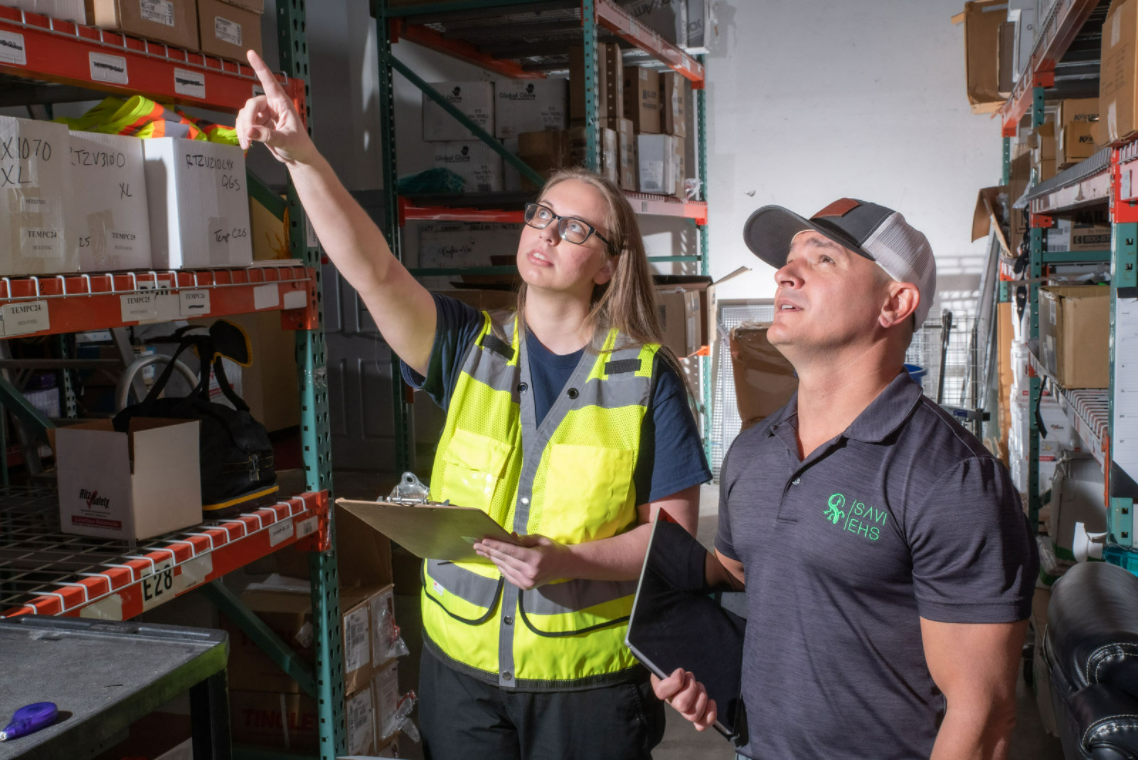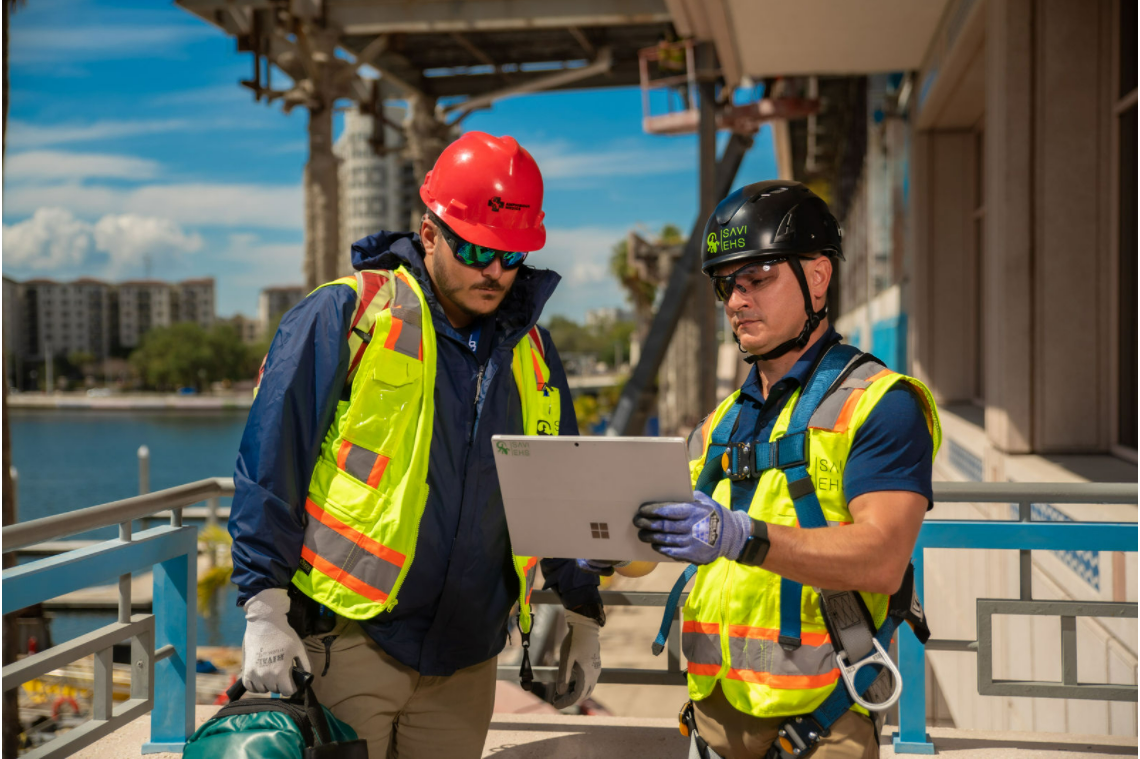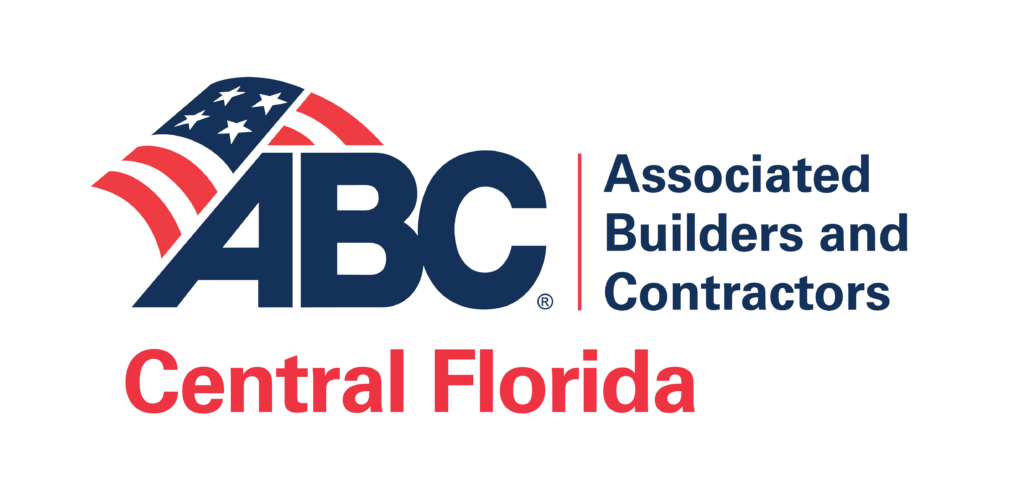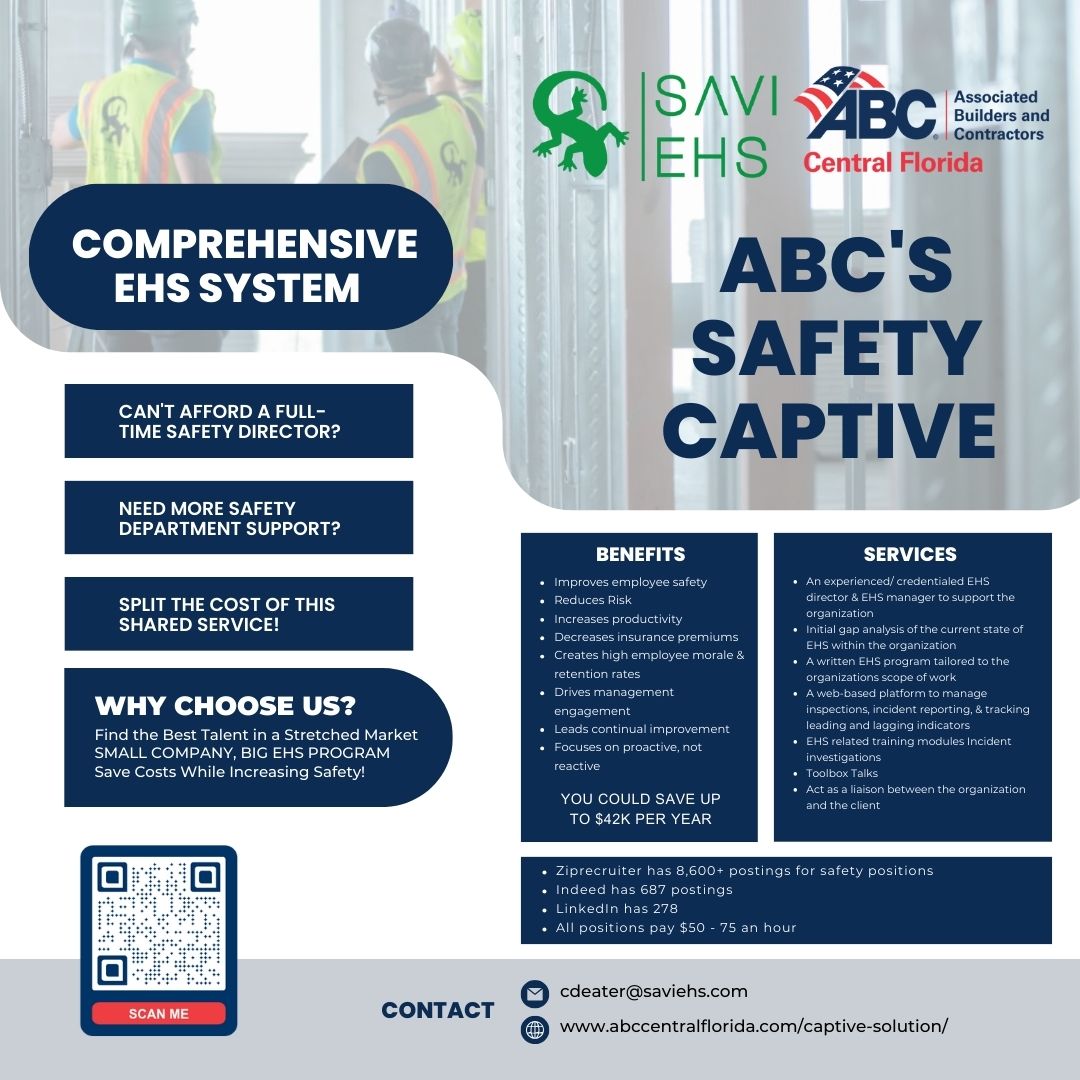ABC's Safety CAPtive
A joint program exclusively for ABC members, in collaboration with SAVI EHS.You don’t have to be a billion-dollar company to run a billion-dollar EHS program.
WHAT IS ABC's SAFETY CAPTIVE?
HOW TO OPERATE ON A LARGE SCALE WITHOUT THE LARGE COST
The solution is a shared services model where multiple contractors split the cost of the EHS program. Services include but are not limited to:
- An experienced/credentialed EHS Director and EHS Manager
- A customized EHS program
- A web-based platform to manage inspections, incident reporting, & tracking leading and lagging indicators
- EHS related training modules
- Incident investigations
- Toolbox talks
- Liaison between the organization and the client/CM/GC
Maintain a healthy and safe workplace for your employees, clients, and community.
Benefits of ABC's Safety Captive:
- Improves employee safety
- Reduces risk
- Increases productivity
- Decreases insurance premiums
- Increases employee morale and retention rates
- Drives management engagement
- Leads continual improvement
- Focus is on proactive, not reactive


Over the past few decades, it’s become apparent that trade contractors don’t have the confidence to execute an EHS system to the same scale & detail that the larger construction management firms & general contractors do.
The main hinderance has been a lack of financial & human resources. While the cost of a tailored EHS program can certainly add up, ABC's Safety Captive makes it possible to share the cost and the resources so that smaller contractors can keep their employees & job sites just as safe as the larger firms.


